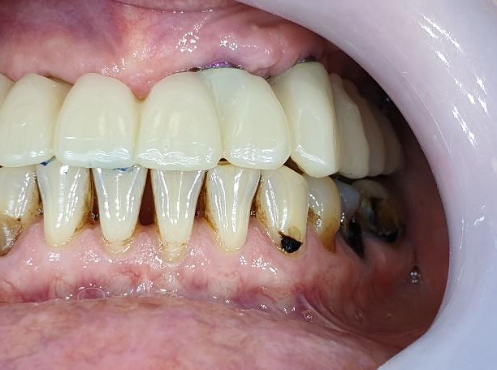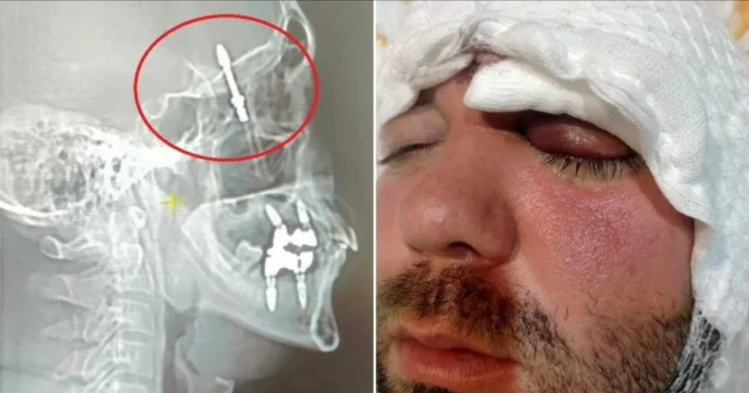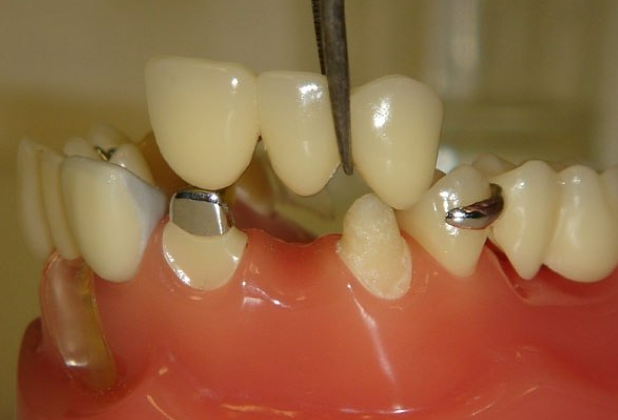Risks of dental tourism – chronic pain and other complications
What to tell patients
Many patients are obsessed with having a perfect smile and are willing to invest significant amounts of money in dazzling white and straight teeth. On the one hand, this is good because such patients bring in good income. However, many patients are not willing to pay the full price for veneers and instead use the services of “dental tourism.” This can actually turn out to be a good deal for the patient. However, doctors from Mexico and other countries often do not take any responsibility if complications arise. As a result, you may have to see your dentist as an emergency to address the consequences. This is very expensive, and not all problems can be completely eliminated. Today, we will discuss the most common types of complications after the installation of veneers or implants that you need to warn your patients about.
Veneers
Let’s start with the least risky aspects of using veneers:
- Aesthetics: The unnaturally white color of teeth. Some people are initially delighted with the “Hollywood” whiteness, but very soon they notice that porcelain whiteness has a rather repulsive effect, and the fashion for bright white teeth quickly fades. The natural healthy color of teeth has a slightly yellowish tint. The yellowness comes from dentin, which shows through the white enamel. Warn patients about this, because the estimated service life of porcelain veneers is at least 10 years, and changing them after a year or two is very expensive and traumatic.
- Chronic pain: Pain that occurs during installation and persists for six months or more after surgery. Unfortunately, not all patients realize, even after explanation, that the teeth will be ground down before installing veneers. This is an irreversible procedure. If the doctor performs the treatment incorrectly and disrupts the structure of the dentin, there is a high probability that the teeth will begin to decay under the veneers and, at the very least, become painful. That’s what happened to the patients in the photo below.
..
These patients had veneers done in Turkey and greatly regretted it; even six months after installation, both patients experience severe pain, although the veneers look flawless.
Doctors from other countries, where patients often go for cheap services, do not risk their licenses and are not responsible for mistakes. Because of this, patients become trapped. Returning home, they turn to local dentists, but most of them refuse to correct the mistakes of others. Those who agree announce such a high price that patients are left without savings or go into debt. Our task is to convey to patients that the responsibility for complications from “dental tourism” lies entirely with them, and eliminating the consequences of poor-quality treatment will cost much more than if they had immediately used the services of a good clinic. For the patient, this is an unpleasant truth, but this way you will preserve the person’s health and perhaps gain a grateful regular client. - Chronic gum inflammation: Most often, this problem occurs when the veneers are not perfectly fitted, leaving a gap between the veneer and the tooth in the area of contact with the soft tissues. Plaque and food debris accumulate in these irregularities and cavities. The active development of bacteria in this nutrient medium causes irritation and inflammation of the gums. Fixing this problem is quite difficult and expensive, and there are no guarantees. Less commonly, an allergic reaction to the materials from which the veneers are made or to the composition of the adhesive used to fix the veneers occurs. While in clinics in Europe and the USA, materials are tested for allergic reactions, in Mexico or Brazil almost no one does this.
- Introducing local or systemic infection during tooth preparation: This is a very serious problem and can be fatal in cases of antibiotic-resistant infections. This is perhaps the worst thing that can happen, and the risk in unverified clinics only grows.
Implants
Only implant-supported dentures can radically and permanently solve the problem of edentia. However, even installing a single implant with a crown in the USA is quite expensive. Given the strong psychological and physiological discomfort, patients look for any way to solve this problem. Many people decide to go abroad for treatment, where such a service costs several times less. But again, there is a high risk of encountering problems, even if you find a good clinic. Let’s look at some of the issues our patients have encountered, starting with the least dangerous ones.
- Aesthetics: The prosthesis in the smile area may look unnatural; most often, the line between the front teeth is shifted relative to the center of the face. If the prosthesis in the smile area is splinted, it is often clear that these are not separate teeth. Often, such dentures completely restore chewing function and do not cause discomfort, but the appearance leaves much to be desired, although this may not be critical, as in the picture below.
.

.
Under normal circumstances, the patient’s lips cover the defects, and in general, this restoration is quite successful. However, there are some terrible-looking prosthetics. - Difficult hygiene and inflammation of soft tissues: This problem occurs if the prosthesis is poorly manufactured and adjusted relative to the soft tissues of the patient. Food debris gets under the prosthesis, which is difficult to remove, and pathogenic microorganisms actively grow and develop there. As a result, soft tissue irritation occurs, followed by inflammation. The solution to the problem is to replace the prosthesis. In rare cases, if the prosthesis was installed with screw fixation, it can be removed, modified, and reinstalled.
- An incorrectly manufactured or installed prosthesis that distorts the natural bite: Even if the implants are installed correctly, if the prosthesis disrupts the bite, the muscles and joints of the jaw work with overload and incorrectly. This leads to clicking and pain, including severe headaches, from the malocclusion. The problem can be solved relatively easily, although not cheaply. After research and diagnostics, a new prosthesis is made, the abutments are changed, and the problem goes away. The bad news is that from the moment the implants are installed until the restoration is completed, quite a lot of time passes, from 6 to 12 weeks. During this period, the patient may walk around with an unsuccessful prosthesis and not immediately realize that something is wrong with it. The period of suffering can be very long.
- Incorrect positioning of the implant during installation: This entails problems with the selection of abutments and fitting of the prosthesis. The problem can be solved, but it will likely be necessary to select or manufacture individually angled abutments to compensate for the deviations. The restoration will eventually become normal, but it will cost significantly more compared to a restoration mounted on optimally installed implants. Additionally, such abutments and implants will be subject to heavy load along the horizontal axis, which can lead to bone resorption around the implant neck.
- Peri-implantitis: This can be caused either by non-compliance with hygiene and care on the part of the patient or by violation of the implant installation protocol. The material of the implant also matters. Some cheap implants have many impurities on the titanium surface, which can cause peri-implantitis. This is an extremely unpleasant complication; the implant will have to be removed, the bone tissue will need to heal, and quite often bone tissue will have to be built up in this area to reinstall the implant. Any surgical operation is an additional risk, and even if everything goes well medically, the financial consequences for the patient can be severe.
- Nerve damage when installing implants in the lower jaw: The implant may damage the mandibular or lingual nerve. This is a very serious problem, and in cases of severe damage, the nerve cannot be restored. Such a problem can easily occur if the surgeon is not sufficiently qualified or has not carried out all the necessary diagnostics.
- Sinus perforation during implant installation: This is an extremely unpleasant situation. The most difficult complication is the occurrence of an oral sinus fistula, which leads to the penetration of liquids and food fragments from the oral cavity into the maxillary sinus. This can only be eliminated surgically. The implant will have to be removed in almost 99% of cases of sinus perforation. But you can see the most ridiculous case of medical error when installing implants in the picture below.
Incredibly, a small-diameter implant was pushed deep into the skull, into the area behind the eye. The doctor who did this took the patient to the emergency room and then ran away.
Whether dental tourism is worth such risks is a decision everyone must make for themselves. However, we recommend thinking very carefully and making thorough inquiries about the doctors and the clinic you plan to visit.









